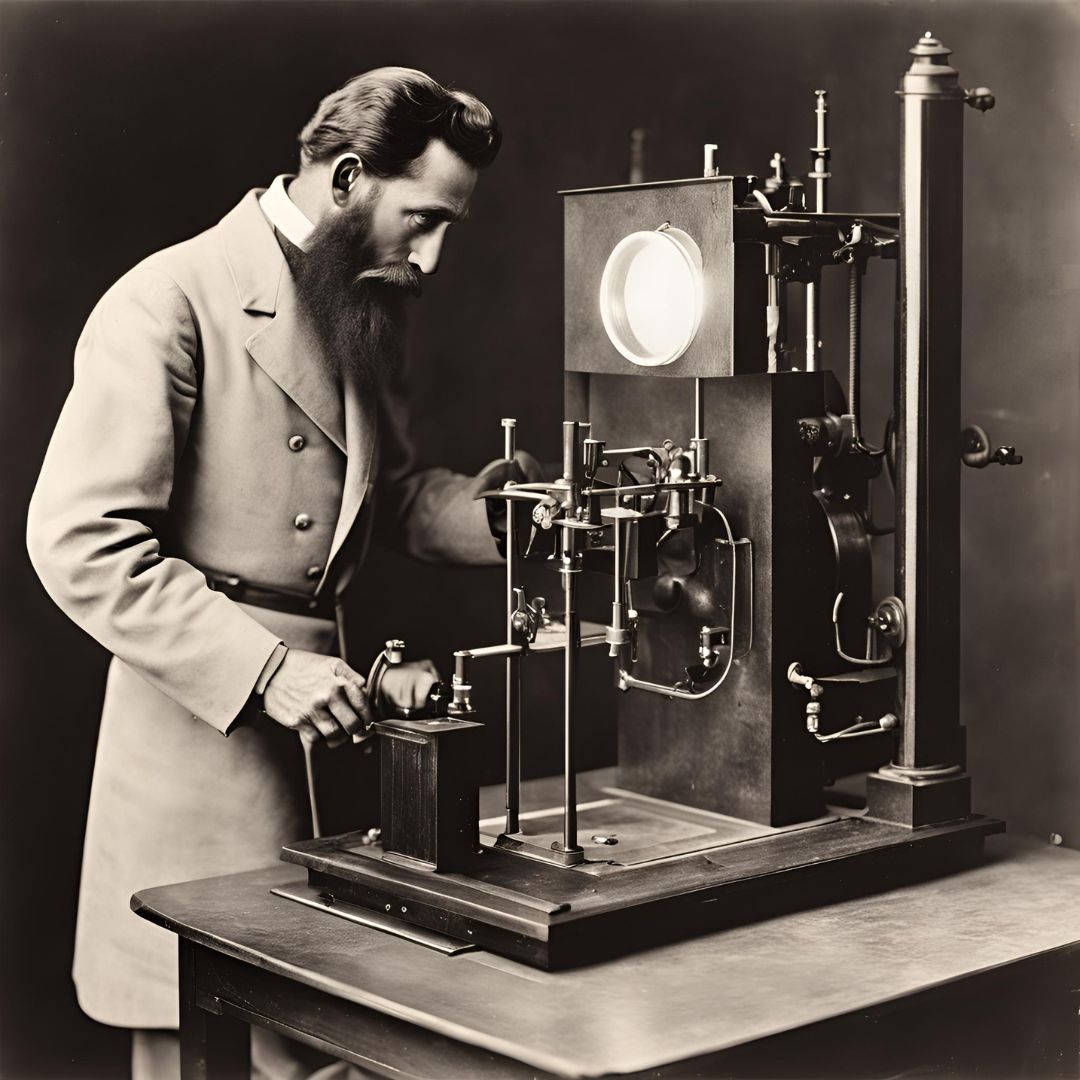Artificial Organs: Transforming the Future of Medicine
I’m constantly inspired by how far we’ve come in the field. One area that truly stands out for me is the creation of artificial organs. Think about it: we’re now able to help patients live better, longer lives by replacing damaged or non-functioning organs with man-made versions. It’s a game-changer in healthcare, and I’m excited to share how it works and what the future holds.
What Are Artificial Organs?
Simply put, artificial organs are devices that can take over the role of a failing organ in the body. For example, if a heart stops working properly, we can now use an artificial heart to pump blood throughout the body. These devices give people a second chance at life, and they’re a perfect example of how engineering and medicine come together to solve real problems.

Different Types of Artificial Organs
Let’s dive into some of the types of artificial organs that are making a huge difference:
- Artificial Heart: If someone’s heart can’t pump blood effectively, an artificial heart can step in and do the job. These devices mimic the pumping action of the heart and keep the blood circulating through the body.
- Artificial Kidney: When the kidneys fail, an artificial kidney—or dialysis machine—helps filter out waste from the blood, doing the work that the kidneys normally would.
- Artificial Lungs: Some patients with severe lung failure use devices like ECMO (extracorporeal membrane oxygenation) to keep oxygen flowing in their blood, basically acting as temporary artificial lungs.
- Bionic Eyes: For those who’ve lost their vision due to certain conditions, bionic eyes are giving them their sight back by converting light into signals the brain can interpret.
- Artificial Pancreas: In diabetes management, an artificial pancreas helps keep blood sugar levels stable by automatically delivering insulin when needed. No more constant monitoring and injections—this device handles it.
How Artificial Organs Work
Artificial organs are made from special materials that work safely inside the body. For example, artificial hearts use mechanical pumps to circulate blood, and artificial kidneys use filters to clean blood. The goal is to replicate the natural function of the organ, whether it’s moving blood, filtering waste, or helping with insulin regulation.
What’s incredible is that these organs are designed to be long-lasting and can often work just as well as their biological counterparts. And every year, these devices are getting better and better.

Challenges and Ethical Considerations
Of course, as with any new technology, there are challenges. One of the biggest issues is the cost—artificial organs can be expensive, which makes them out of reach for many people. There are also ethical questions that we need to consider. For example, should we keep replacing more and more parts of the human body with machines? And what does that mean for the future of humanity?
Looking Ahead: The Future of Artificial Organs
The future of artificial organs is incredibly promising. Right now, scientists and engineers are working on making these devices more affordable and accessible to everyone who needs them. One of the most exciting developments is 3D printing. Imagine being able to print an organ that perfectly matches a patient’s body. That’s the kind of future we’re moving toward.
In addition, nanotechnology is opening up new possibilities. We’re talking about tiny devices that could repair organs from the inside or even create new tissues. This technology could revolutionize how we think about organ failure and treatment.

Closure
Artificial organs are changing the landscape of healthcare and giving hope to countless people. Whether it’s helping someone live with heart failure or giving someone their sight back, these devices represent the incredible potential of biomedical engineering. As we continue to innovate and improve, I’m confident that artificial organs will become even more common—and accessible—giving more people the opportunity to live full, healthy lives.






